Why changing times call for thinking out of the box – creative insights from Mumbai’s Tao Art Gallery
In our continuing coverage of the exhibition ‘Tapestry of Time,’ we feature more outstanding artworks along with tips and trends from curator-director Sanjana Shah.
Launched in 2014, PhotoSparks is a weekly feature from YourStory, with photographs that celebrate the spirit of creativity and innovation. In the earlier 460 posts, we featured an art festival, cartoon gallery. world music festival, telecom expo, millets fair, climate change expo, wildlife conference, startup festival, Diwali rangoli, and jazz festival.
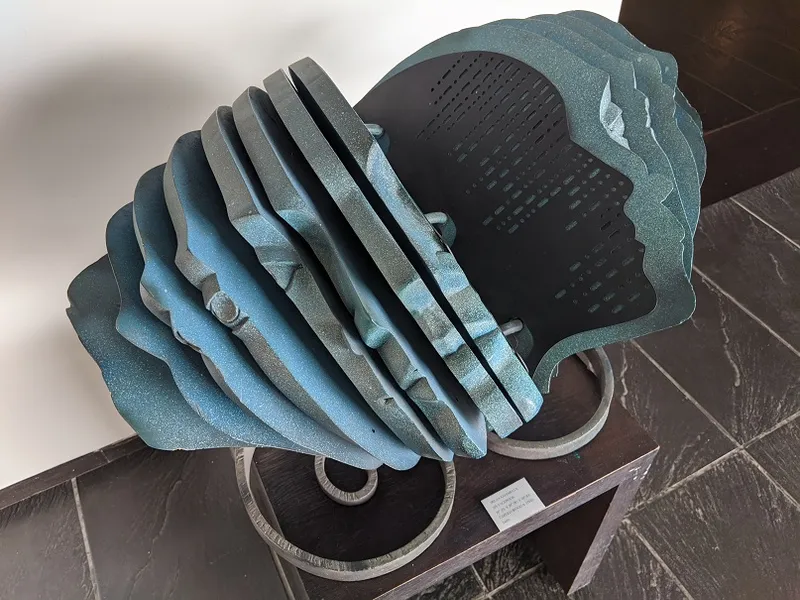
The Tao Art Gallery in Mumbai celebrates its 20th anniversary this year, and recently hosted an exhibition titled The Tapestry of Time. It featured the works of 70 artists with a wide range of forms, styles, media, and themes.
“There have been over 100 artists featured over these 20 years. We have a stock inventory of over 2,000 works in total. This keeps changing with new works coming in for new shows and older works being sold to our regular clients and connoisseurs,” explains creative director Sanjana Shah, in a chat with YourStory.
The Tao Art Gallery team is headed by Kalpana Shah (founder-director), Sanjana Shah (creative director), Nayana Sarmalkar, and Sunaina Kewalramani (gallery managers), Preeti Malkan (sales), and Urvi Kothari (marketing). See Part I and Part II of our coverage, along with creative insights.
“My mother Kalpana Shah began her career as an art gallerist and curator with the big names of modern Indian art like SH Raza, MF Hussain, and Tyeb Mehta,” Sanjana recalls. Over the years, this progressed into more contemporary artists like Ravi Mandlik, Brinda Miller, and Seema Kohli.
Art exhibitions held at Tao in 2018 included Wings That Raise Me Higher (by Heeral Trivedi), Vanishing Point (Brinda Miller), The Last Dance of the Leaves (Sunder Ramu), What a Body Remembers (Seema Kohli), A Summer Night’s Dream (Ranbir Kaleka), Cohesion within Chaos, Maximising the Minimal, and No Corners (18th anniversary show).
Sanjana shares insights from her journey as a curator over the years. “I think the first job of a curator is to completely connect with the artists and accompany them on their journey and process as they create their works. This is fundamental as the curator is like a translator, bringing to the audience the true essence of the artist's ideas and concepts,” she explains.
The artist lineup at the current exhibition, some of whose works are included in this photo essay, features Akhilesh, Anwar, Atul Dodiya, Dhruvi Acharya, Heeral Trivedi, Jaideep Mehrotra, Kalpana Shah, Kiyomi Talaulicar, Meera Devidayal, Paresh Maity, Ratnadeep Adivrekar, S Harshavardhana, Senaka Senanayake, Shuvaprasanna, Sudhir Patwardhan, and Vijay Shinde.
(Note: The photographs in this pictorial essay were taken before the national lockdown due to the coronavirus. The visit to the gallery was not in violation of any public safety guidelines.)
As a curator, Sanjana defines success on the basis of how an exhibition is received by the audience. “This doesn't just mean the buzz or footfalls, but the actual levels of engagement that the show witnesses and the kinds of conversation that are triggered around the artworks,” she clarifies.
This engagement is crucial as it is the job of the curator to cultivate understanding, and more importantly curiosity in the mind of the viewer. Sanjana is pleased with the feedback from the current exhibition in this regard.
“The audience was absolutely overwhelmed to see artworks by 70 diverse artists displayed under one roof. The enthralling aspect was to see viewers pick their favourite artworks and create a unique dialogue, perceiving it with their own individualistic approach,” she enthuses.
“In Tao, we try and keep a whole range of artists and prices in order to encapsulate a larger audience in this changing Indian landscape,” Sanjana emphasises. The wide price range includes contemporary pieces available for under a lakh by artists such as Ingrid Pitzer, Khanjan Dalal, and Abhay Pandit.
“On the other hand, also on display are very beautiful paintings and sculpture by Paresh Maity, which are priced on the higher side at over Rs 70 lakh. However, our diverse inventory of artworks can definitely cater to our clientele’s budget requirements and help them find the perfect art piece,” Sanjana explains.
Sanjana sees a number of promising trends in India’s art scene. “India has now properly entered the era of true Contemporary Art, and with this kind of art having peaked in the West, we have a lot of potential here to create something new and out-of-the-box,” she explains.
“Therefore the new wave of younger artists is what the focus is on, both from the standpoint of curator and collector,” she adds. The younger artists have also inspired the trend of more affordable, quirky art.
“More young collectors wish to start their collection with art that means something to them rather than the older, pricier, status-driven art,” Sanjana observes. In this context, it is crucial for the curator to bring these artists to the forefront and also think of innovative ways of display outside of the four walls of the gallery, she adds.
Now, what have you done today to pause in your schedule and try to think out of the box during these times of crisis?
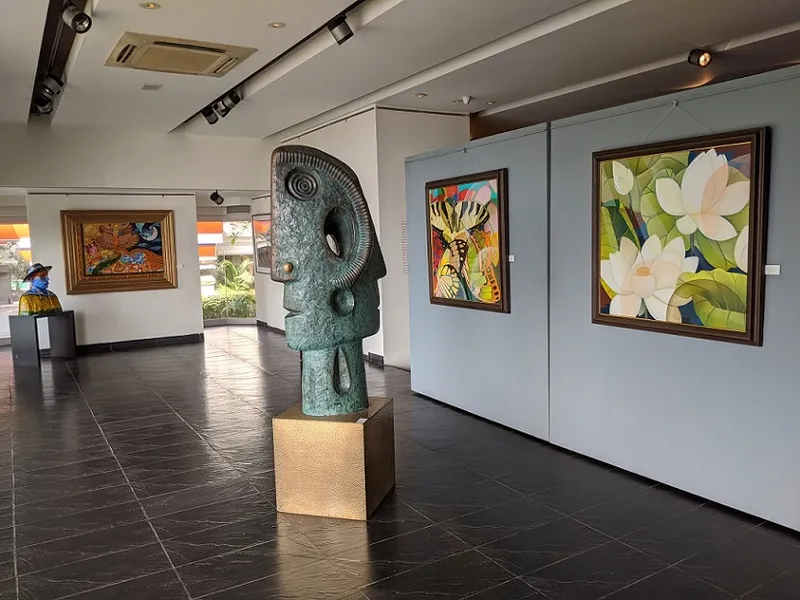
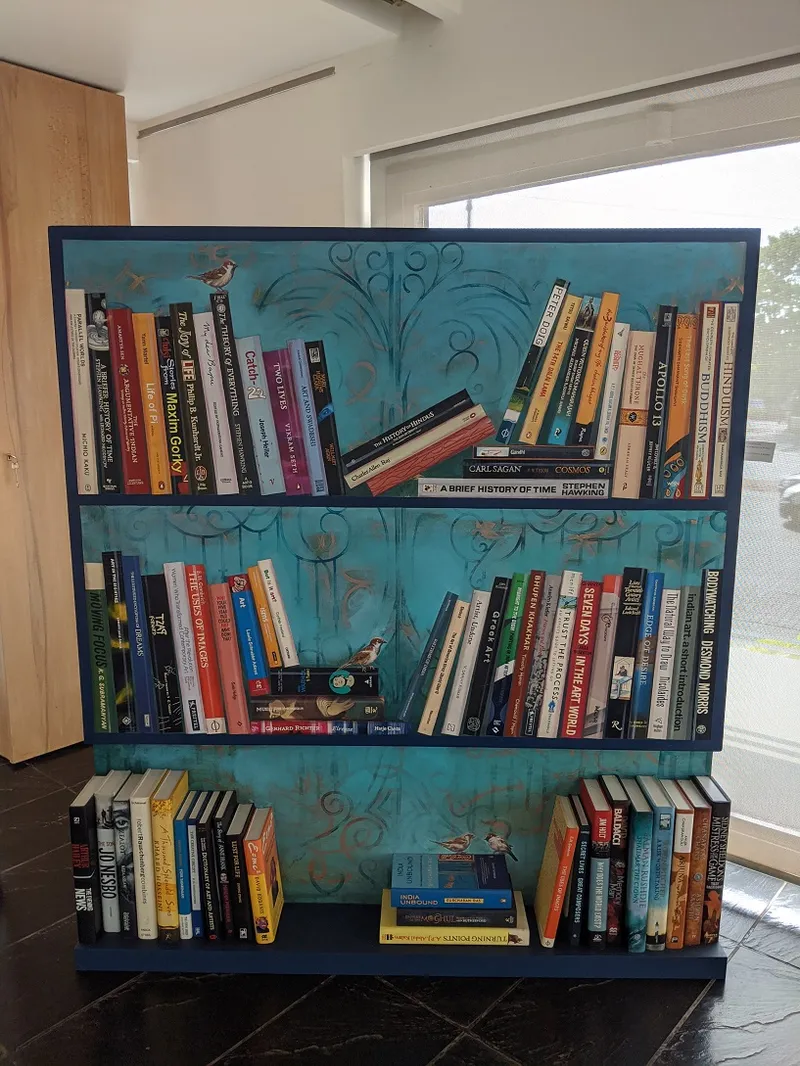
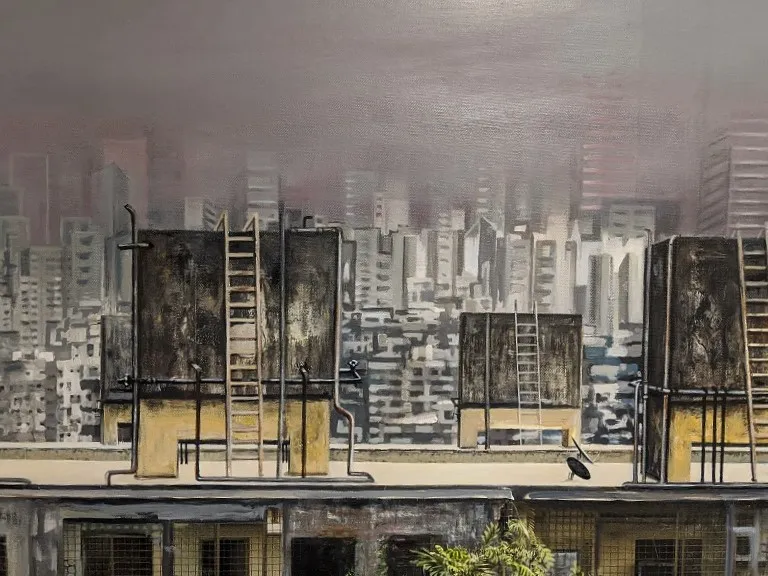
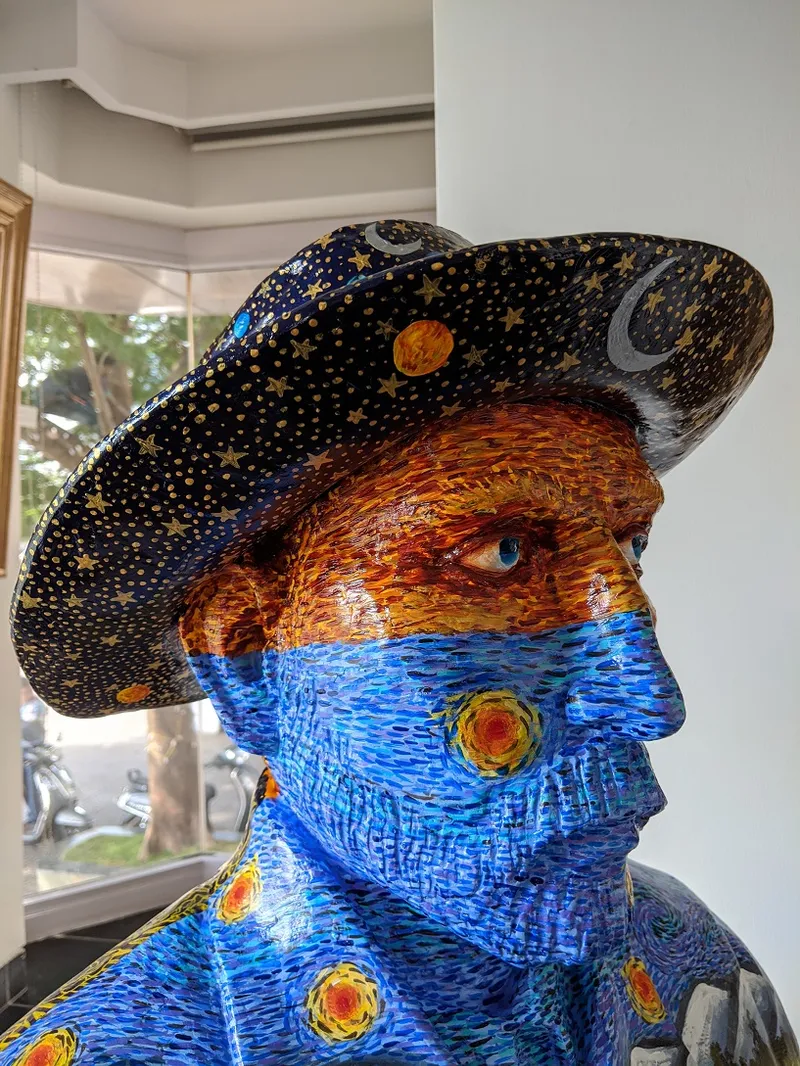
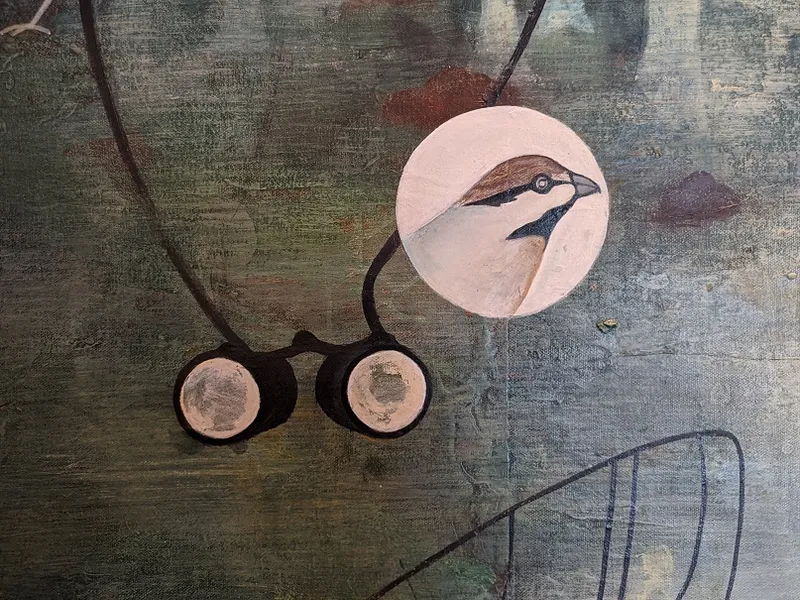
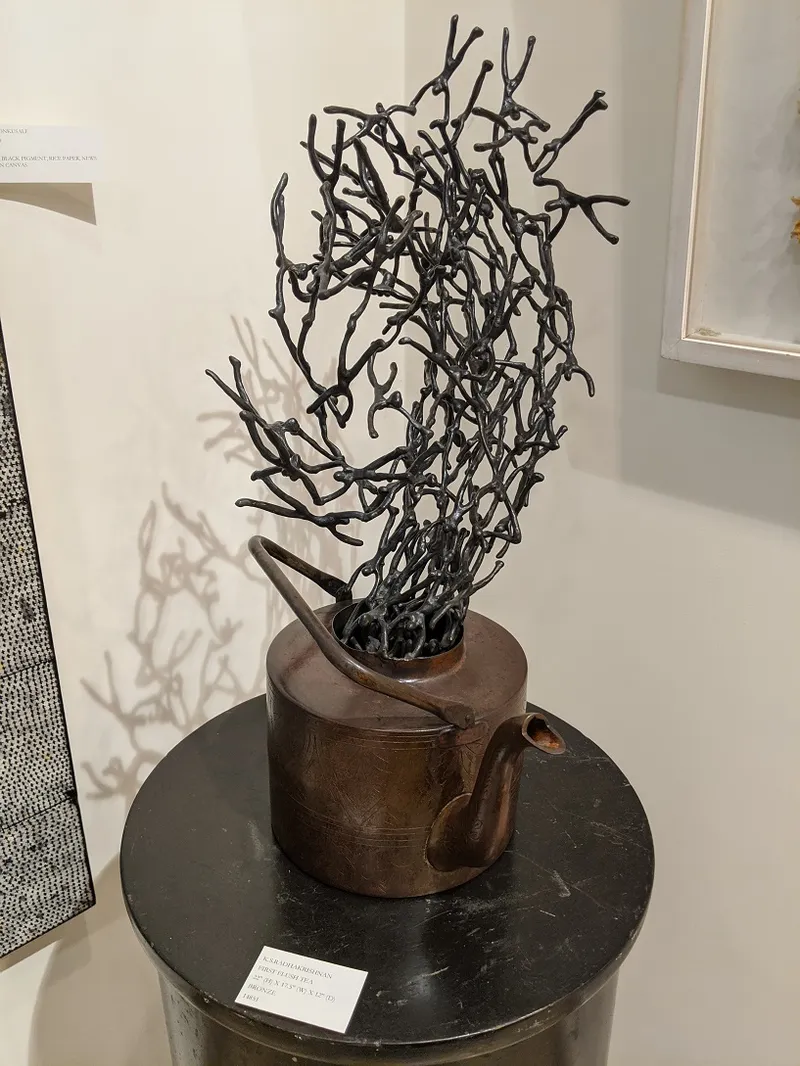
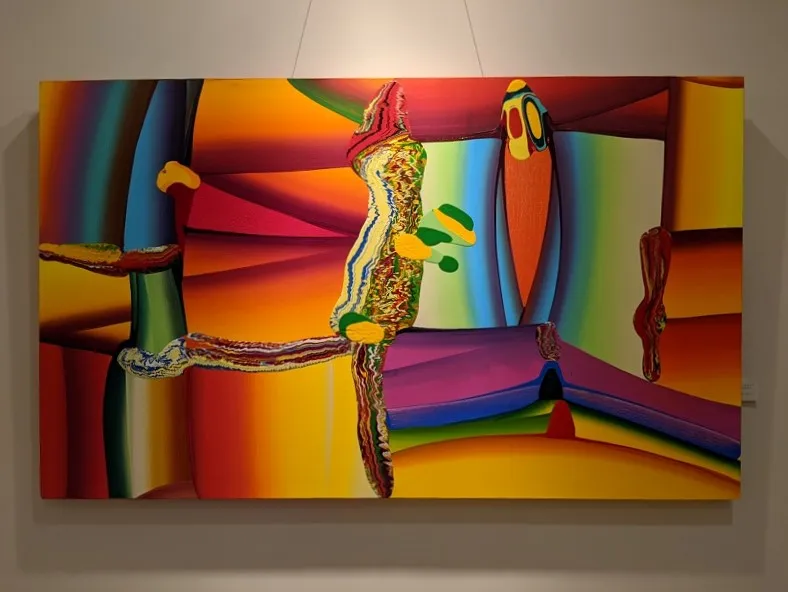
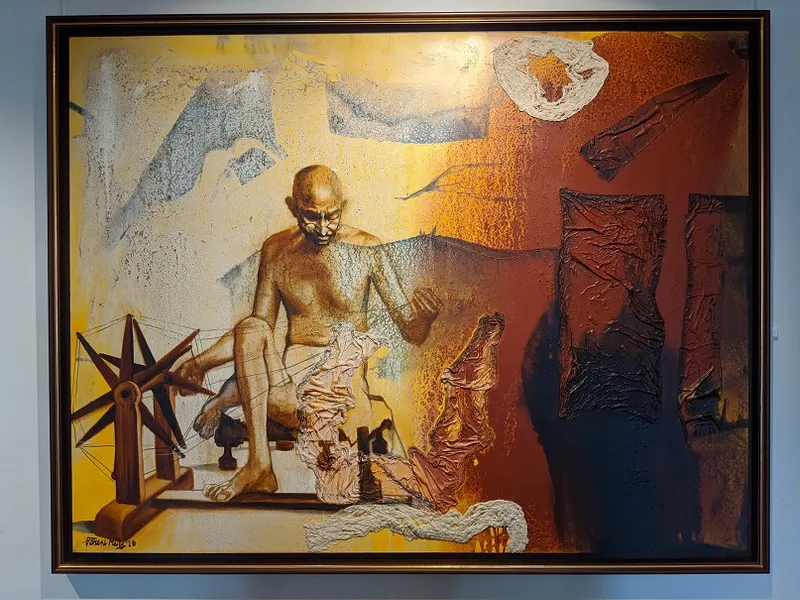
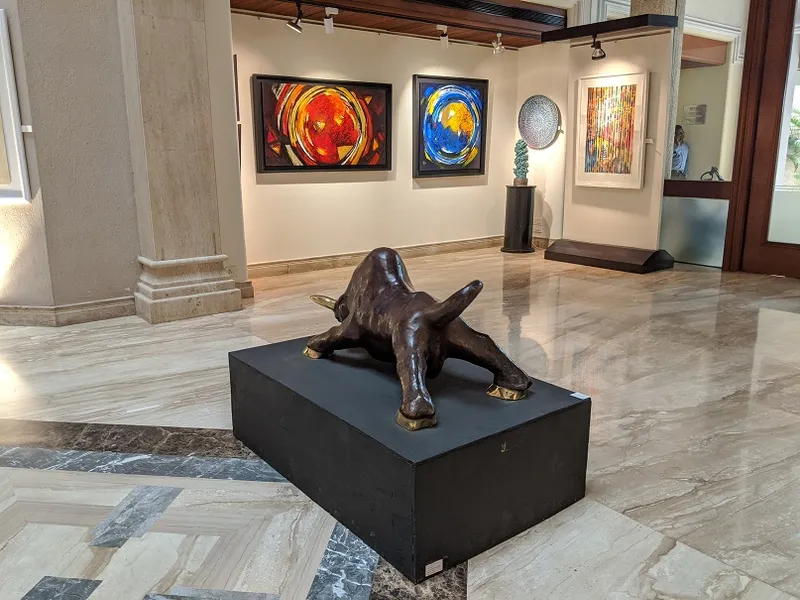
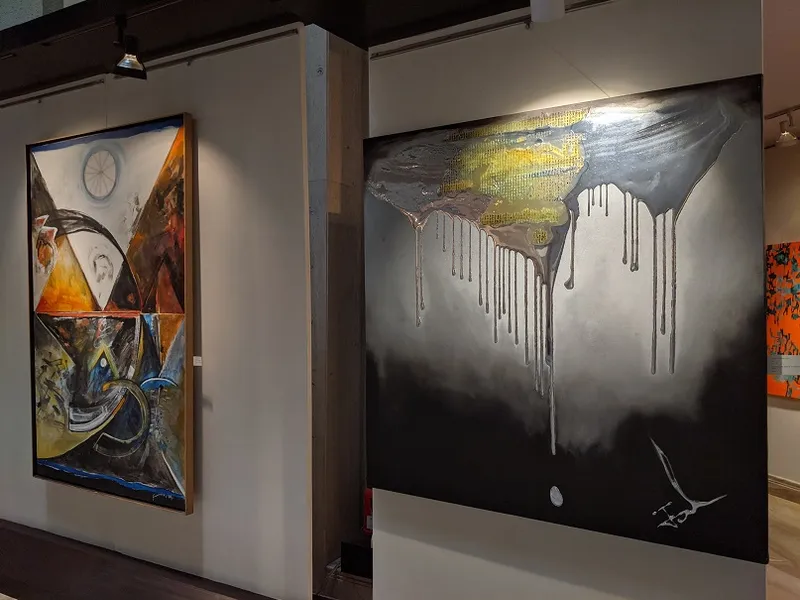
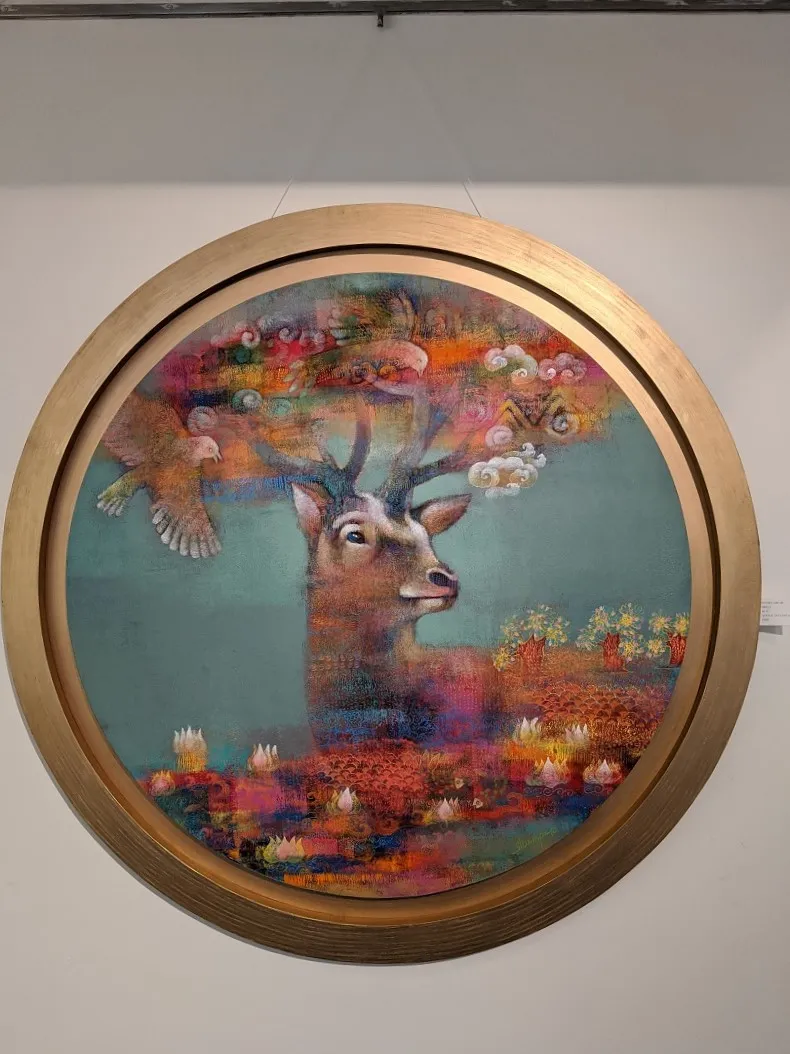
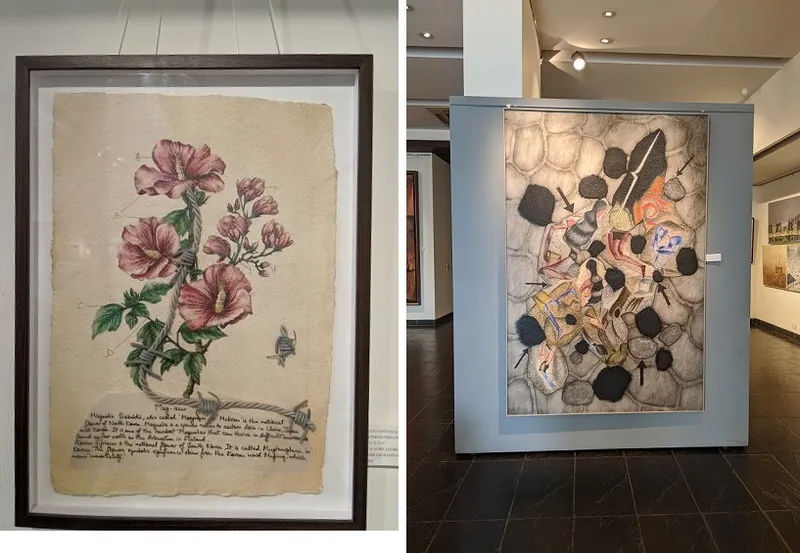
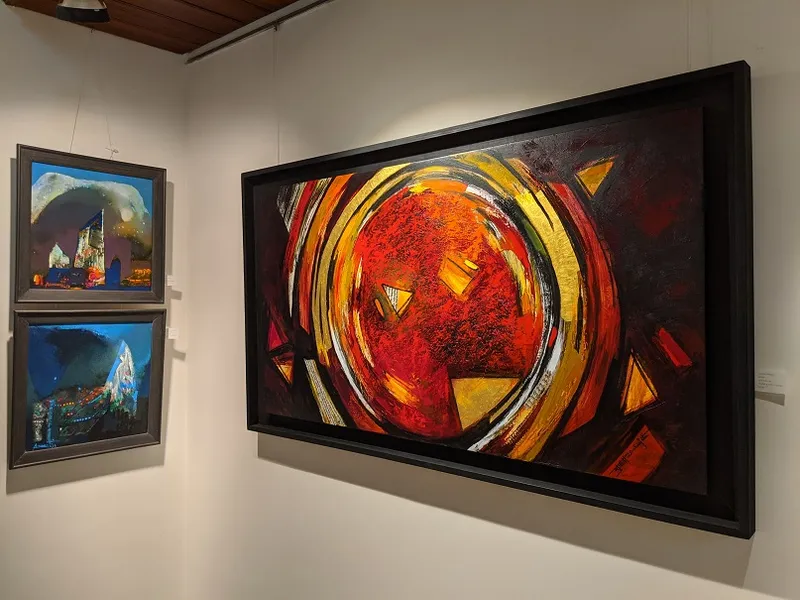
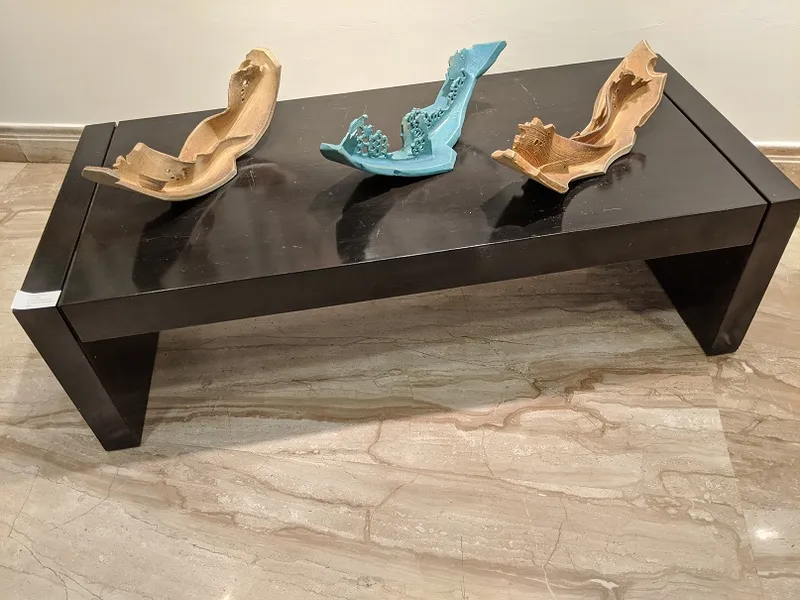
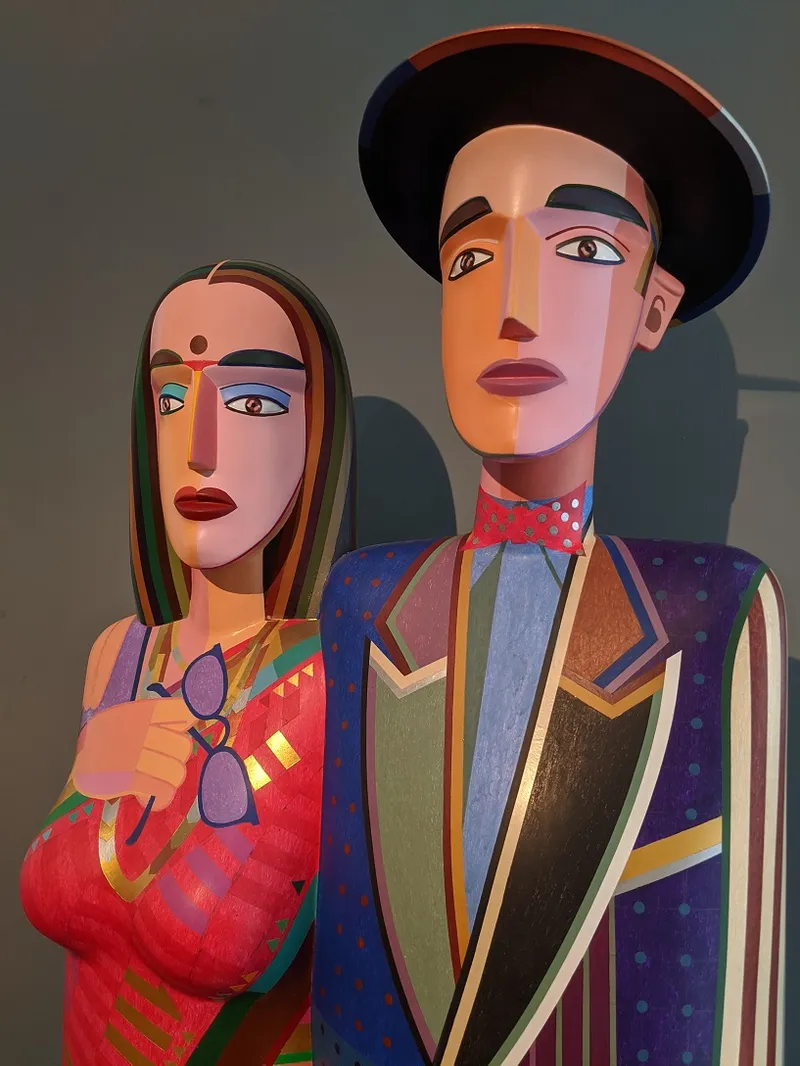
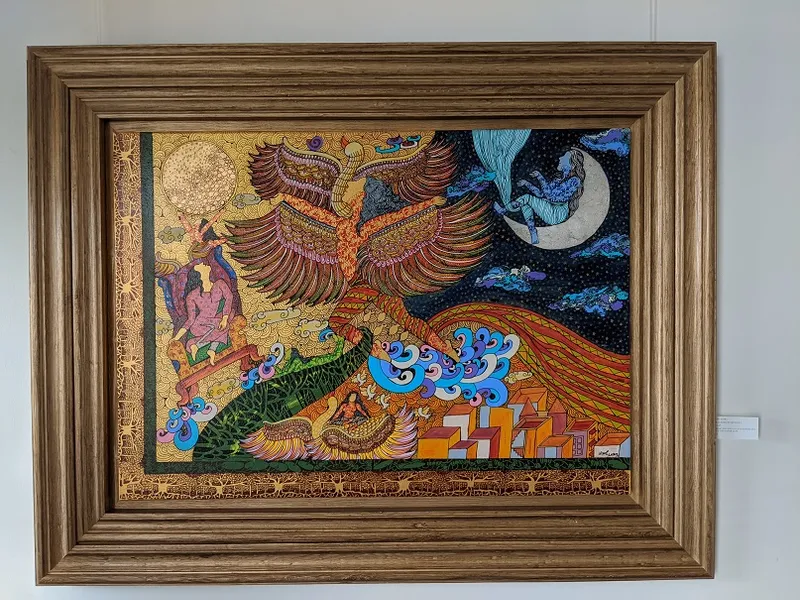
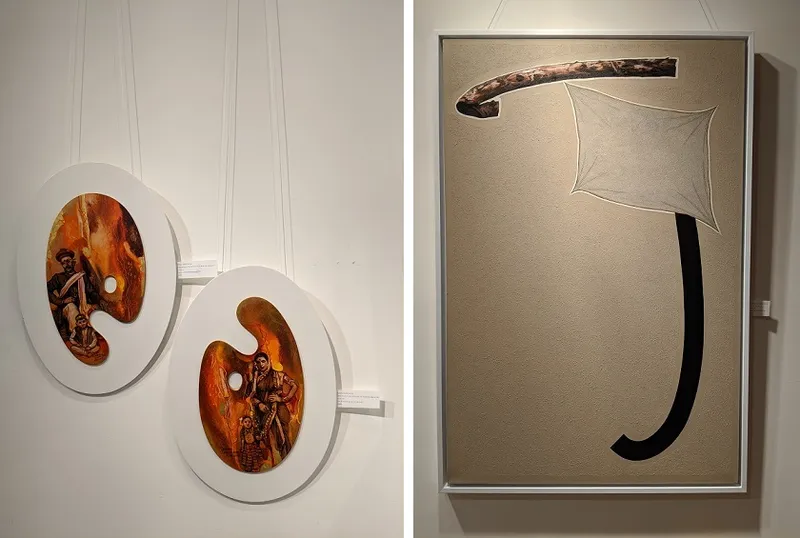
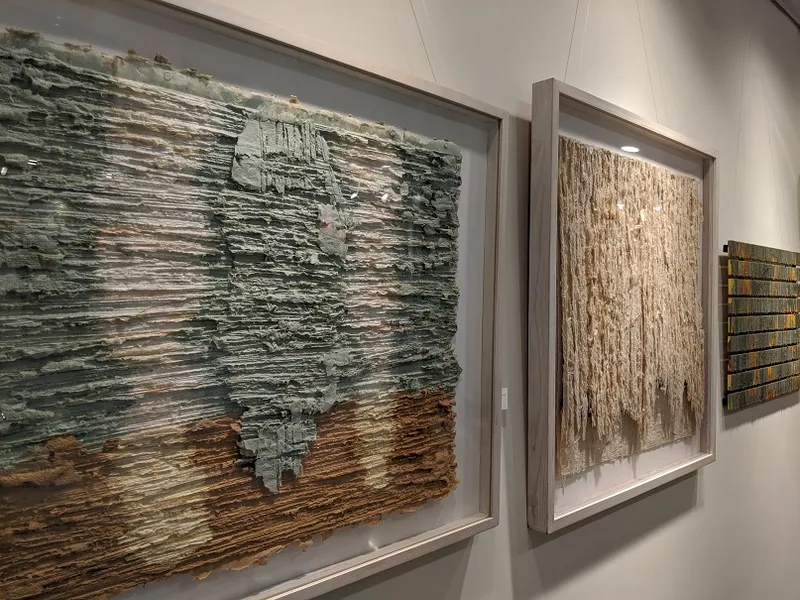
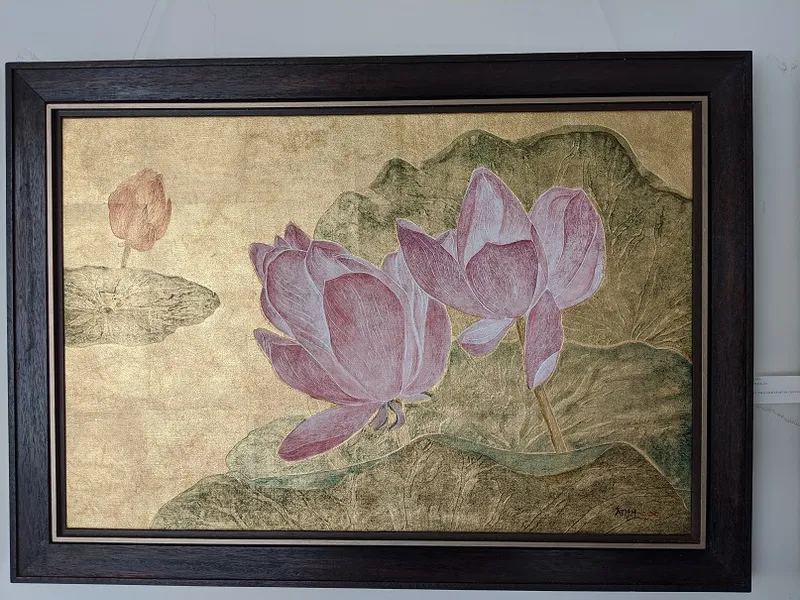
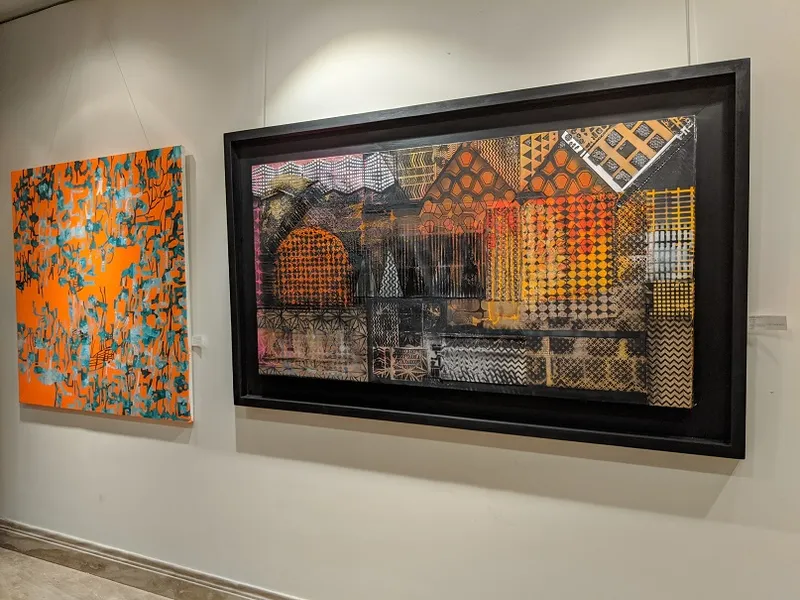
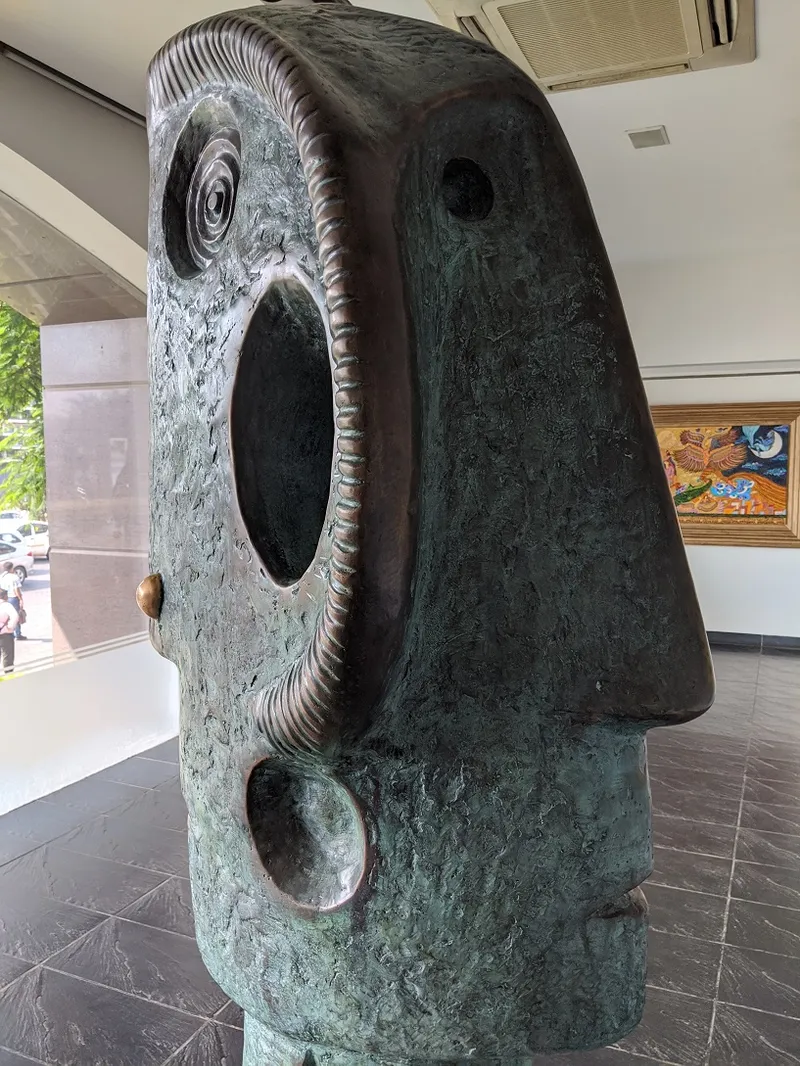
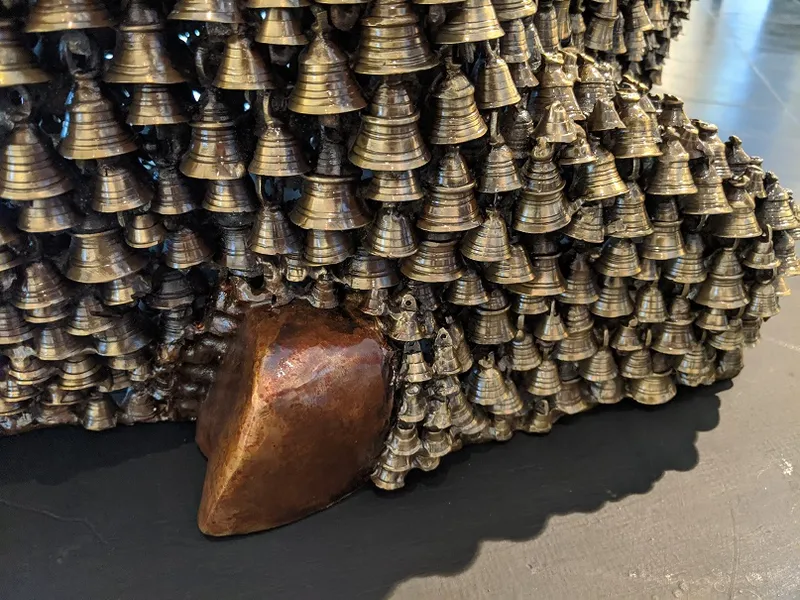

Got a creative photograph to share? Email us at PhotoSparks@YourStory.com!
See also the YourStory pocketbook ‘Proverbs and Quotes for Entrepreneurs: A World of Inspiration for Startups,’ accessible as apps for Apple and Android devices.
Edited by Megha Reddy







